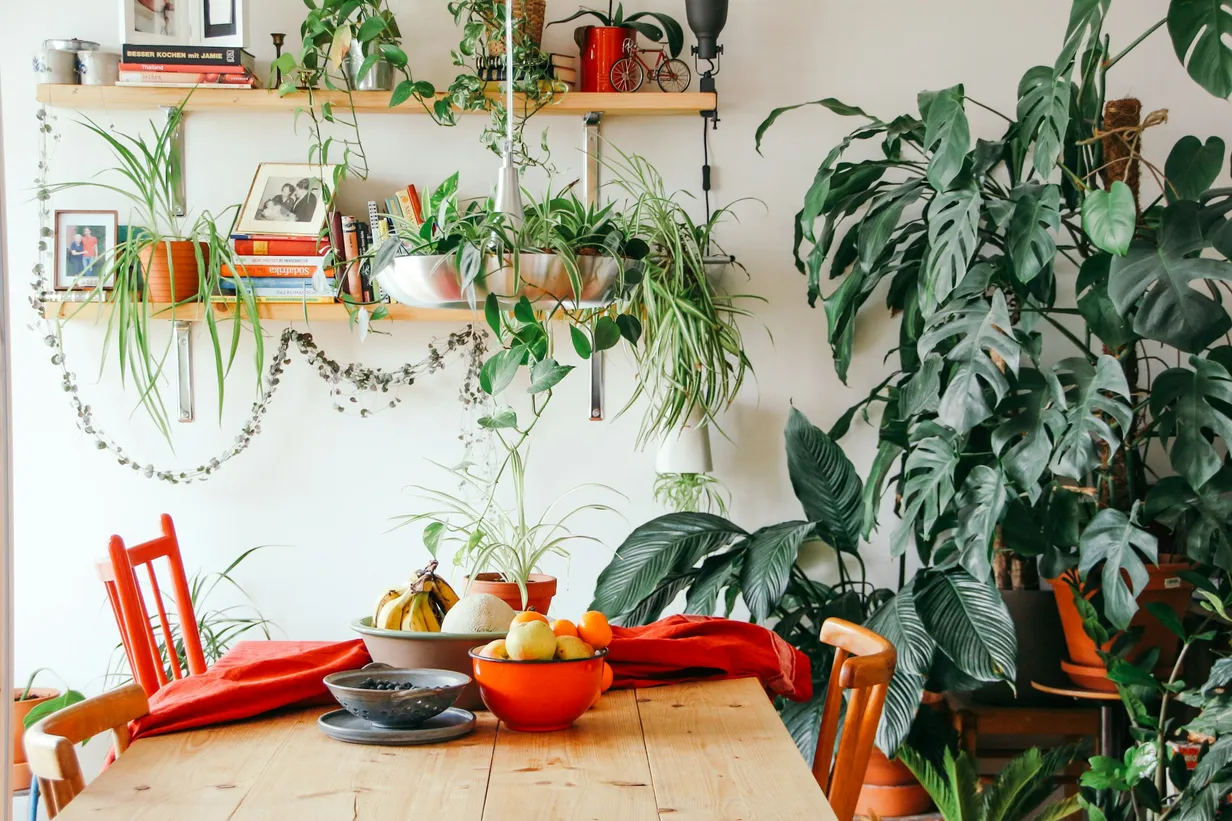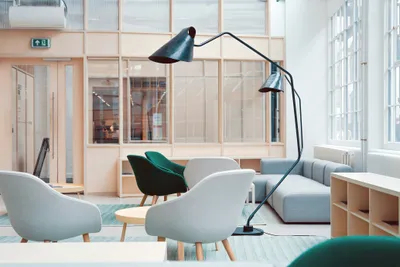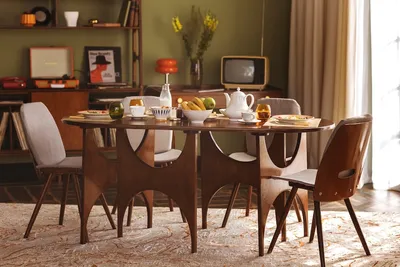Transforming Your Home with Sustainable Design: A Guide to Eco-Conscious Living

Embracing the principles of eco-friendly living doesn't just contribute to a healthier planet—it also creates a more sustainable and aesthetically pleasing environment within your home. This guide will explore the multifaceted benefits of sustainable design, providing practical tips on how you can integrate eco-conscious choices into your living space. From selecting materials to implementing energy-efficient solutions, discover how to transform your home into a green haven.
Understanding the Foundations of Sustainable Design
Sustainable design encompasses a broad range of practices aimed at reducing the environmental impact of a home. This encompasses everything from the construction phase through to the daily running of the household. Sustainable design seeks to minimize waste, use energy and resources more efficiently, and harness renewable materials and energy sources.
The Role of Eco-Friendly Materials
One of the cornerstones of sustainable design is the use of eco-friendly materials. These materials are typically renewable, recycled, or sustainably sourced. Beyond their environmental benefits, they often offer superior quality and aesthetic appeal. Examples include bamboo flooring, recycled glass countertops, and organic cotton textiles. Choosing these materials helps reduce the demand on finite resources and supports industries committed to environmental responsibility.
Energy-Efficient Solutions for Your Home
Incorporating energy-efficient solutions is another critical aspect of creating an eco-friendly living space. This can include installing LED lighting, opting for Energy Star-rated appliances, and improving home insulation. These changes not only reduce your carbon footprint but also result in significant savings on utility bills. Additionally, consider harnessing renewable energy sources, such as solar panels, to power your home sustainably.
Minimizing Your Carbon Footprint Through Thoughtful Design Choices
Thoughtful design choices can further minimize your home's environmental impact. This includes optimizing the natural light and ventilation in your living spaces, which can reduce reliance on artificial lighting and air conditioning. Incorporating plants and greenery indoors can improve air quality and add a natural aesthetic. Moreover, designing with flexibility and longevity in mind ensures that your space remains functional and stylish for years to come, reducing the need for frequent renovations or disposals of outdated furnishings.
Taking the First Steps Toward an Eco-Friendly Home
Transforming your home into an eco-friendly sanctuary is a journey that begins with small, committed steps. Start by evaluating your current practices and finding areas where you can make more sustainable choices. Educate yourself on the environmental impact of various materials and products and prioritize those that align with eco-friendly principles. Finally, engage with communities and professionals who specialize in sustainable design to gain insights and support as you make this rewarding transition.
By adopting sustainable design practices, you're not just enhancing your living space; you're contributing to a healthier, more sustainable world. Explore the beauty and possibilities of eco-conscious living and embark on your journey to an environmentally friendly home today.
Dive Deeper: More Inspirational Reads
Ready to take your design journey to the next level? Dive deeper into our blogosphere and uncover a wealth of knowledge waiting to be explored. Our curated selection of related articles offers even more inspiration, tips, and ideas to spark your creativity and ignite your passion for home decor. From practical advice to creative solutions, there's always something new to discover in our ever-expanding collection of articles.



